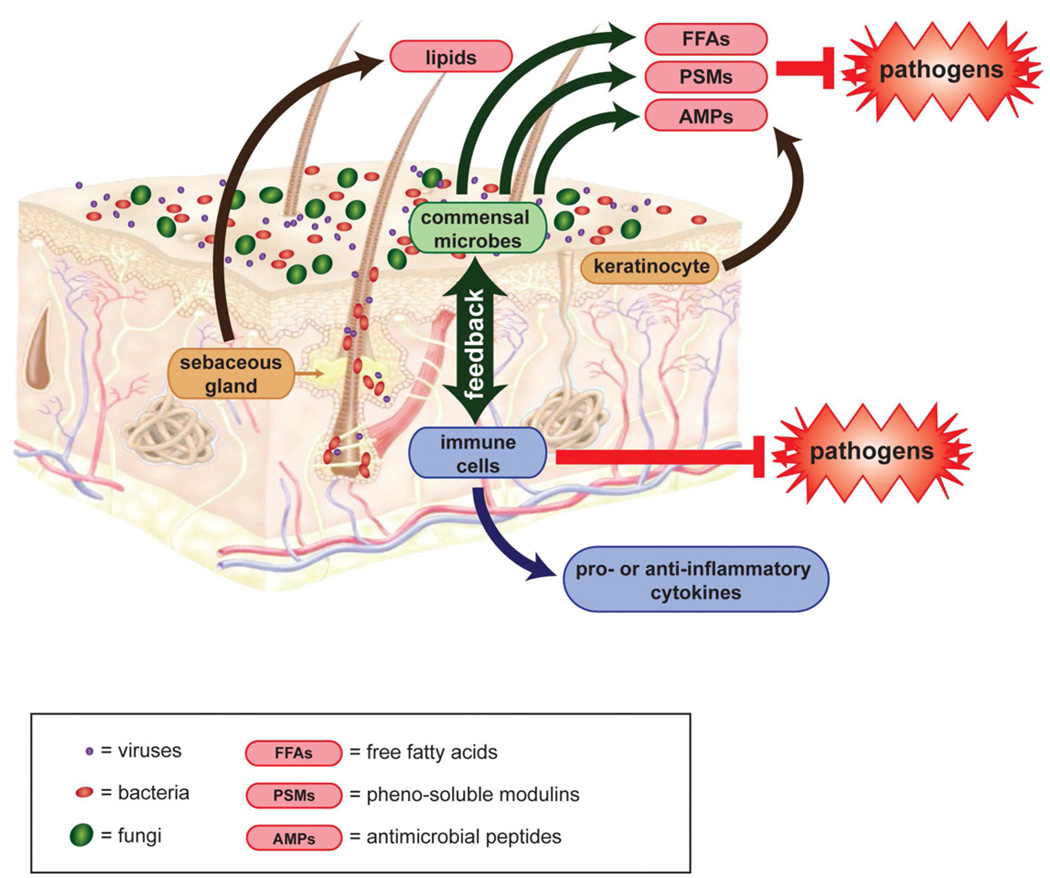Figure 4. The microbiome and skin immunology.
Viruses, bacteria, and fungi (purple, red, or green dots) cover human skin and its appendages. Keratinocytes produce antimicrobial peptides (AMPs). Sebocytes produce free fatty acids (FFAs). Some commensal microbes also produce AMPs and FFAs, as well as pheno-soluble modulins (PSMs). These molecules all inhibit pathogen colonization. Commensal microbes may additionally inhibit pathogen growth by competition and crowding on the skin surface. The microbiota also interact with immune cells to activate them or modulate their production of pro- and anti-inflammatory cytokines. Backbone skin diagram downloaded from Docstoc (www.docstoc.com).

